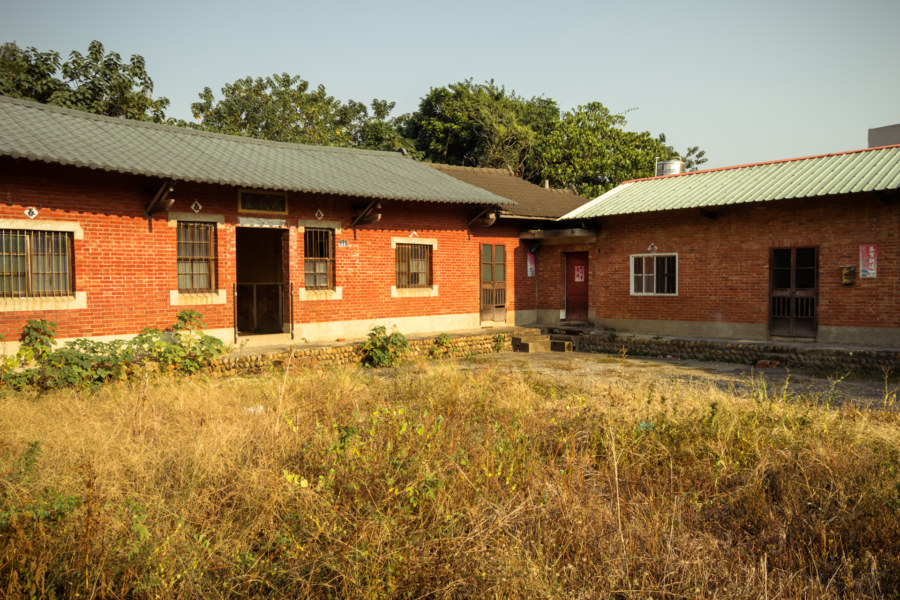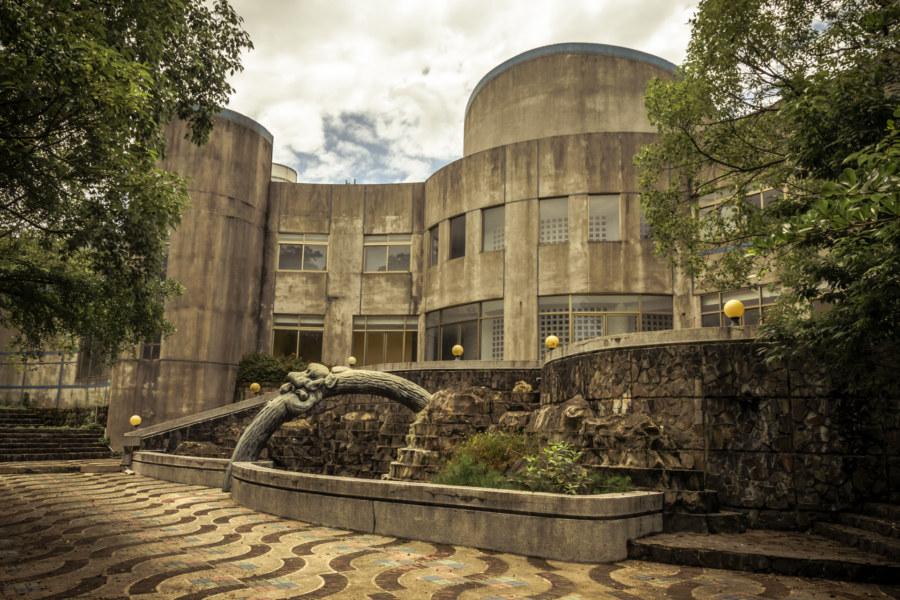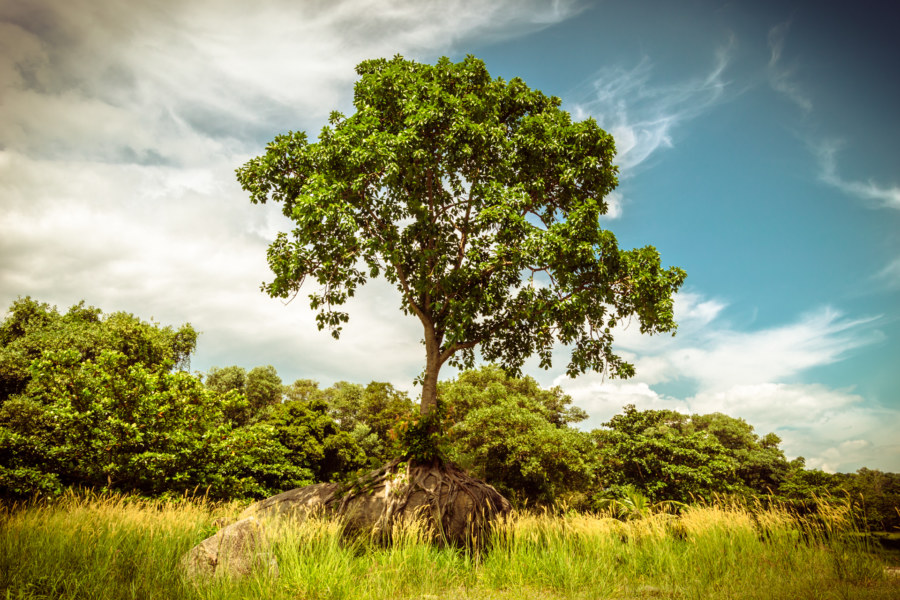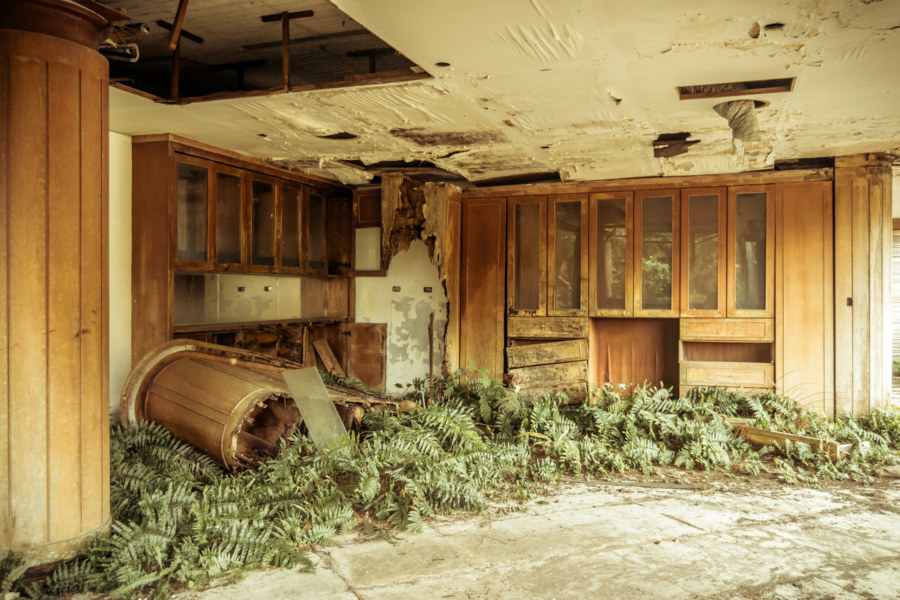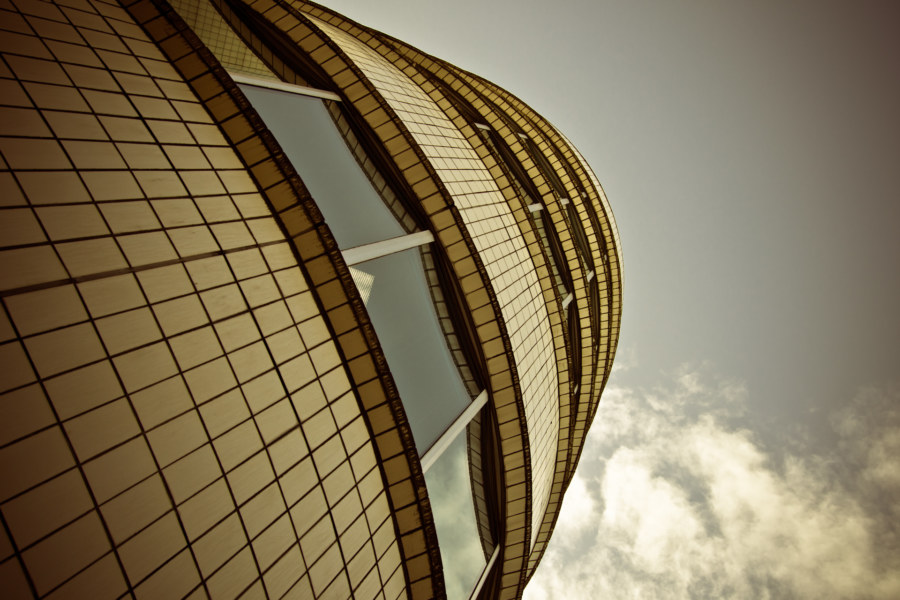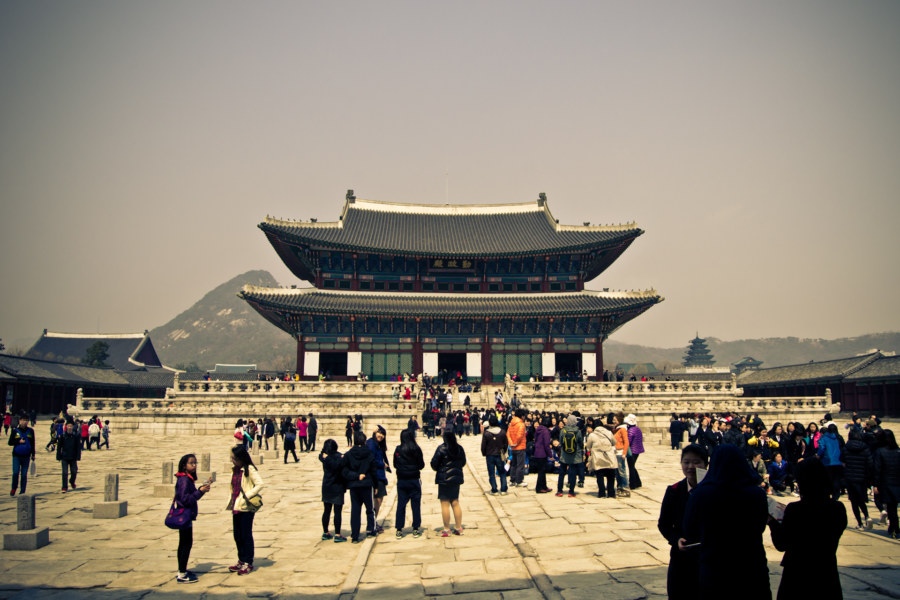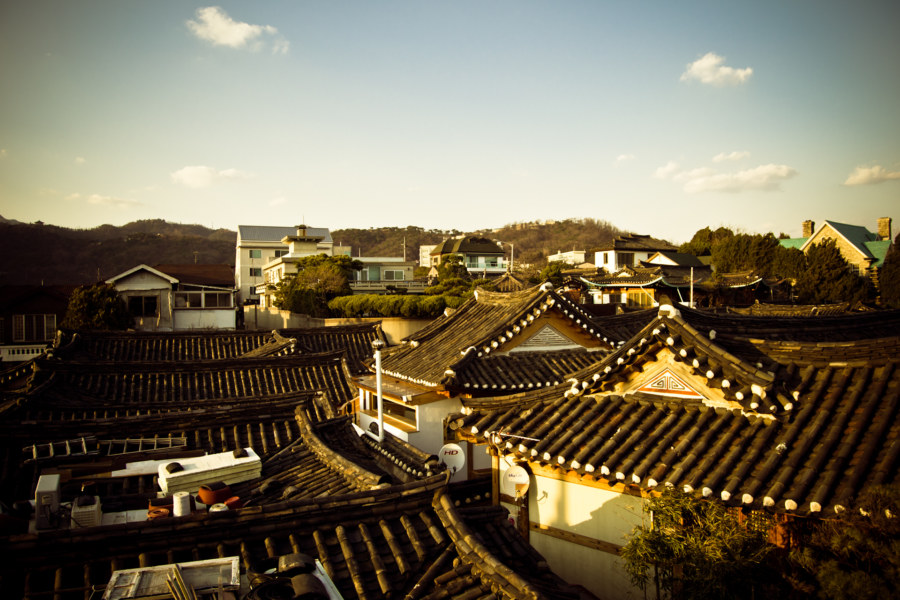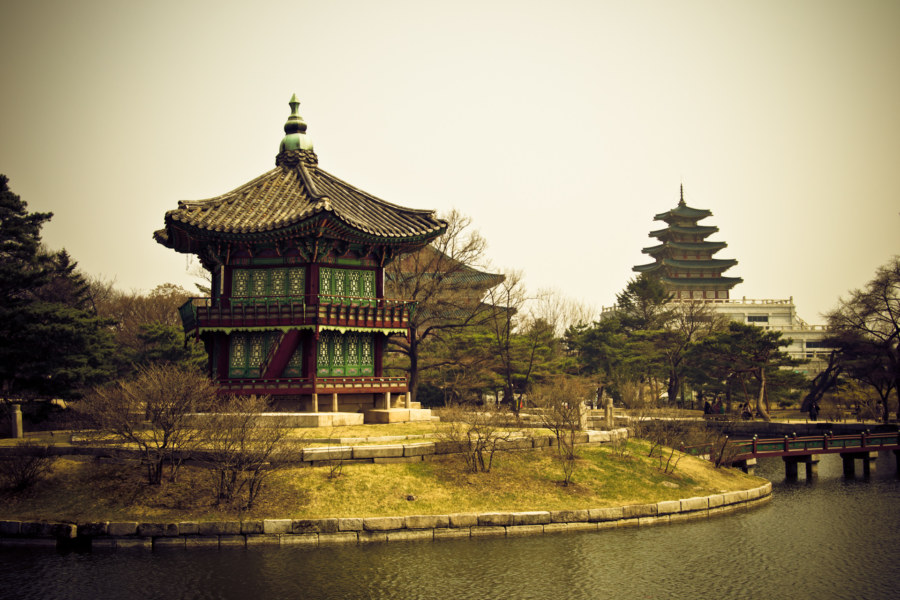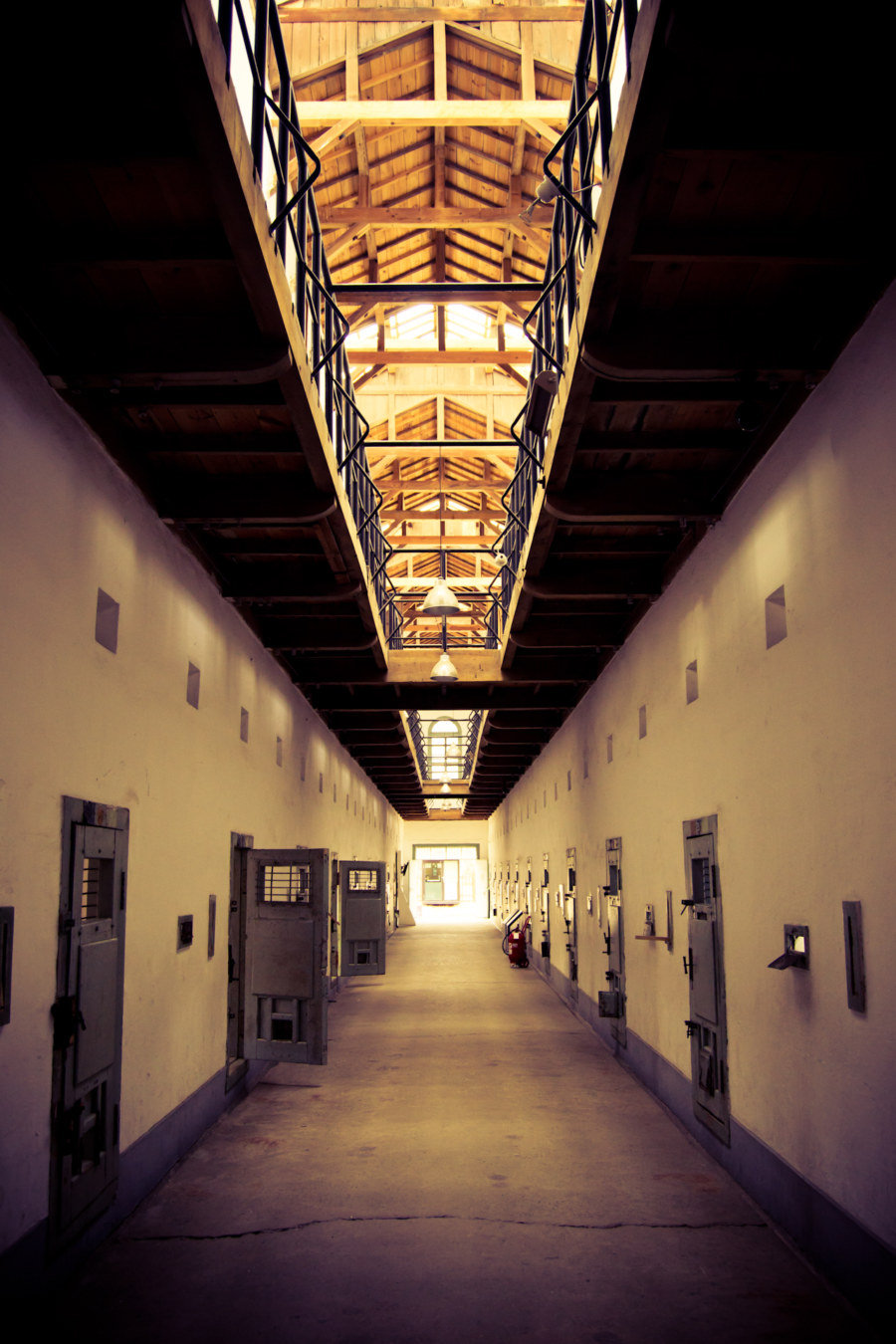Today I would like to take you inside an abandoned sānhéyuàn (三合院), a traditional Taiwanese courtyard home. This particular home is in Dacun, a rural township in Changhua, but it is not unique. The Taiwanese countryside is littered with tens of thousands of these old homes, many of which have fallen into disrepair and abandonment over the years. I have given this place a name but it is merely a description of convenience. Chances are it has no formal name.
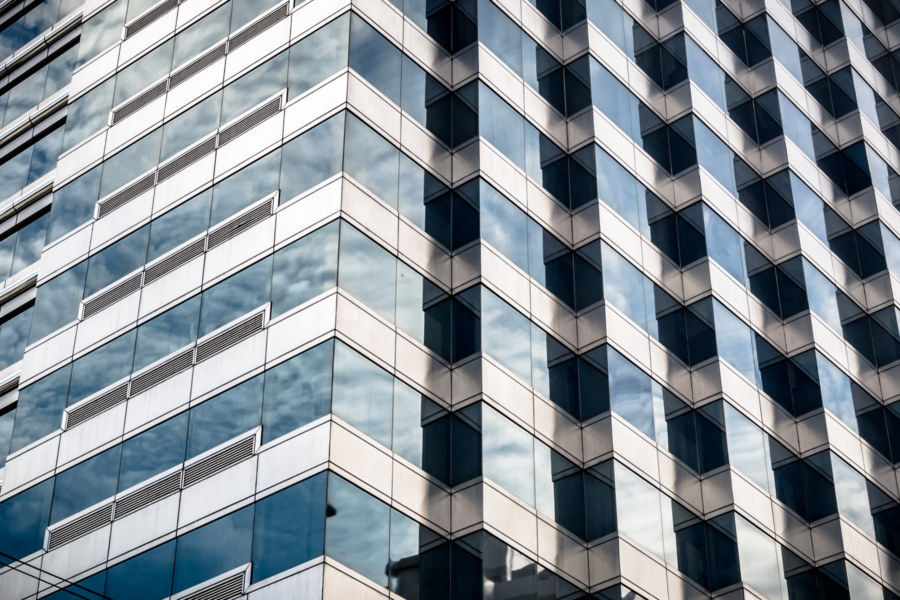
Structures fit for habitation and use. See also: urbanism, commercial, industrial, residential.
Subterms
Adjacent Terms
Renoir Resort Club 雷諾瓦俱樂部
Renoir Resort Club (雷諾瓦俱樂部) is a surprising find in Guānzilǐng (關子嶺), the most famous and well-developed hot springs town in Baihe, Tainan. I went to stay there one night in the spring of 2014 to have a look around—but I didn’t expect to find an abandoned club next door to where I was staying. I probably should have known; this is Taiwan, an urban exploration utopia of sorts. Sometimes you will get lucky and discover someplace cool without even trying.
The Mystic Island of Pulau Besar
One of my stranger day trips in Malaysia was to the mystic island of Pulau Besar in the state of Melaka, better known as Malacca to most English-speaking people. Situated in the Strait of Malacca, one of the world’s most important shipping lanes, the small island of Pulau Besar is steeped in myth and legend. It is also widely considered to be haunted—which partly explains why most of the island is abandoned.
Yongye Road Hotel 永業路旅館
I was out cycling through Bitan in Xindian one night when I noticed a big building with blown-out windows looming over Yongye Road (永業路). The skeletal outline of a collapsed rooftop against the umbral sky confirmed my suspicions: this building was abandoned. It was too dark to take a closer look that particular night but I vowed to return.
Exploring VGH
My first sublet in Vancouver after the move was located next to the Vancouver General Hospital (VGH) complex. Since I was regularly cycling through the hospital grounds I figured a short mission to photograph some of its more intriguing structures was in order. Below you will find a few external shots of buildings and the steaming vents at the VGH power plant.
Final Thoughts About My First Trip to Seoul
This post collects my final thoughts about my trip to Seoul, South Korea, in April 2012. To write these posts I have been working from a series of letters I sent home to family and friends as well as some notes I jotted down while still in Seoul. Not everything fit into previous posts but there are a few things I still wish to share. Expect to read an assortment of anecdotes and fleeting impressions from the remainder of my stay in the South Korean capital.
Seoul Inspired
Last time I wrote about my experiences with the dark side of Seoul. This time I will pick up where I left off to share some my more inspirational experiences in South Korea’s capital, especially within the scenic Bukchon Hanok Village 북촌한옥마을 (Hanja: 北村韓屋마을).
The Dark Side of Seoul
Today the weather changed. Rain has given way to light snow, strong winds, and subarctic temperatures. Gusts of up to 60 km/h have rattled windows and knocked over street furniture. After drying my shoes from the previous night’s misadventures I left my hostel for Insadong, intent on grabbing a hearty breakfast, but as the minutes began to drag I only allowed myself time to grab one of those delicious mung bean pancakes and a coffee. I didn’t know it at the time but I was bound for one of the darker parts of Seoul.
Gyeongbokgung
Gyeongbokgung 경복궁 (Hanja: 景福宮) is a historic site in downtown Seoul, the site of an opulent palace built by the Joseon Dynasty. Few, if any, of the structures in the photographs below are original; the palace was more or less razed by the Japanese occupiers in the colonial period or during the Korean War. Nowadays it is a major tourist attraction and a curiously contrived window into traditional Korea.
Seodaemun Prison
Seodaemun Prison (Hangul: 서대문형무소) is not a happy place but my visit there was a tremendously educational experience. It housed thousands of political prisoners over the course of most of the 20th century—many of whom lost their lives here, either through neglect, overwork (it was also a forced labour camp), or by way of the “body removal tunnel”. A memorial to many of Seodaemun’s victims can be seen in the photos below.
